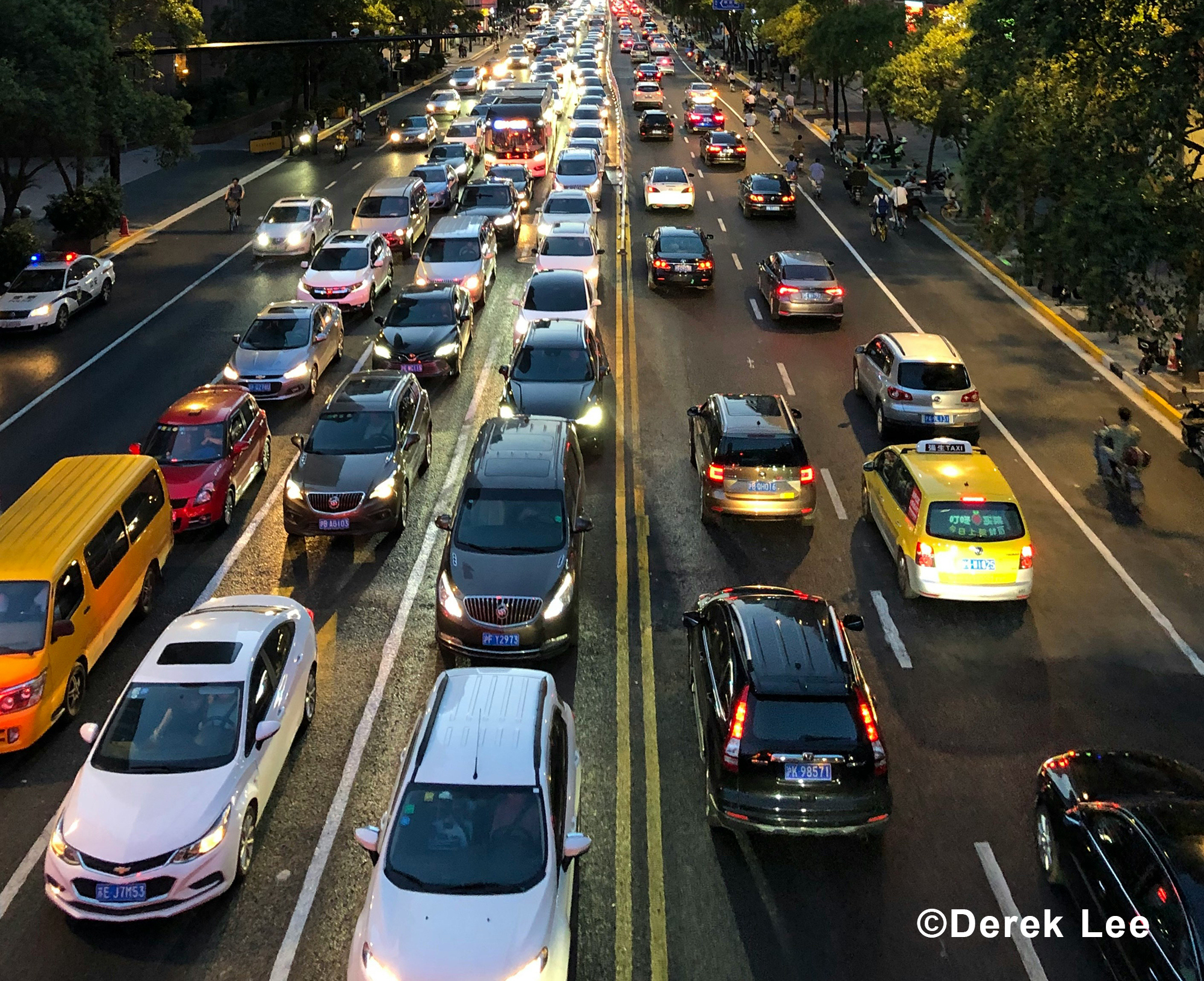Kirkham Street in the Sunset neighborhood of the city is a two-lane, two-way street with bike paths and angle street parking. But now there’s one short stretch between 9th and 10th avenues that’s one way. A recently installed “neckdown” funnels cars into a single lane in the middle of the block. These encumbrances are also called chokers, pinch points and constrictions – for obvious reasons.
The goal is to “pedestrianize” the street. “On average,” says the Sacramento County Department of Transportation, “neckdowns achieve a 7% reduction in speeds.” The media report that the San Francisco Municipal Transportation Agency justifies the neckdown as a means “to slow vehicle speeds and address traffic volumes in the neighborhood that is often treated as a cut-through for traffic.”
Locals are not terribly enthusiastic about the change.
“I appreciate that we’re attempting to do something to calm the street there,” Ralston Clarke, a Kirkham Street resident told ABC News 7. “I think this particular iteration is confusing. West side has to yield, east side doesn’t know that, and so often there’s a standoff and people don’t know which way to go. So I think we tried something, I’m glad we tried something. I’d like to try something else.”
Others are wondering “woah, what happened?” calling it “pretty dumb,” hoping it will “go away because I feel like there will be an accident,” and deeming it “ridiculous” because, says the San Francisco Chronicle, the neckdown “causes mini traffic jams and could cause more collisions as perplexed drivers maneuver around each other.”
One resident expressed concern that the impact of the neckdown will have the opposite effect of the stated purpose (which is not always the same as the real purpose in public decisions).
“I worry as a pedestrian,” she said. “You hear the horror stories of pedestrians getting killed, and it’s these confusing situations that actually make it worse.”
The Kirkham Street conundrum comes a little more than two months after San Francisco voters passed Proposition K, which will permanently close a two-mile stretch – more than half the length – of the Great Highway, a four-lane west side thoroughfare along Ocean Beach between Lincoln Way and Sloat Boulevard. It is to become “public open recreation space.”
Coincidentally, the western terminus of Kirkham Street ends at the Great Highway within the to-be-closed section, about 40 blocks from the neckdown.
The San Francisco Standard says the “K” stands “for katastrophe,” one that “widened the divide between single-issue ideologues and the pragmatic needs of the city’s moderate majority.” While overall residents approved the proposition with 54% of the vote, those whose lives will be directly impacted by the closure, those on the west side who are not as affluent, forcefully rejected it. In some precincts, the opposition ranged from 70% to 83%. The anger is such that a recall effort has been launched against Prop. K supporter Supervisor Joel Engardio, who represents District 4 on the west side. A rally held by proponents basking in their victory probably didn’t do much to soothe those who felt they were run over by the process.
They won’t be the last Californians to have their preferences flattened by the state’s car hawks. University professor Joel Kotkin put a fitting name on the agenda when he identified the California Road Diet. Under this abstinence regimen, social engineering is used “to force Californians to adopt the high-density, transit-oriented future preferred by (former Gov. Jerry) Brown’s green priesthood.”
That was written almost nine years ago. Since then, California drivers have had their lanes swallowed up by bike paths, walking trails and even air. It’s enough to make people long for open roads elsewhere, say, maybe in Texas, the promised land for more Golden State runaways than any other state.
Kerry Jackson is the William Clement Fellow in California Reform at the Pacific Research Institute.

